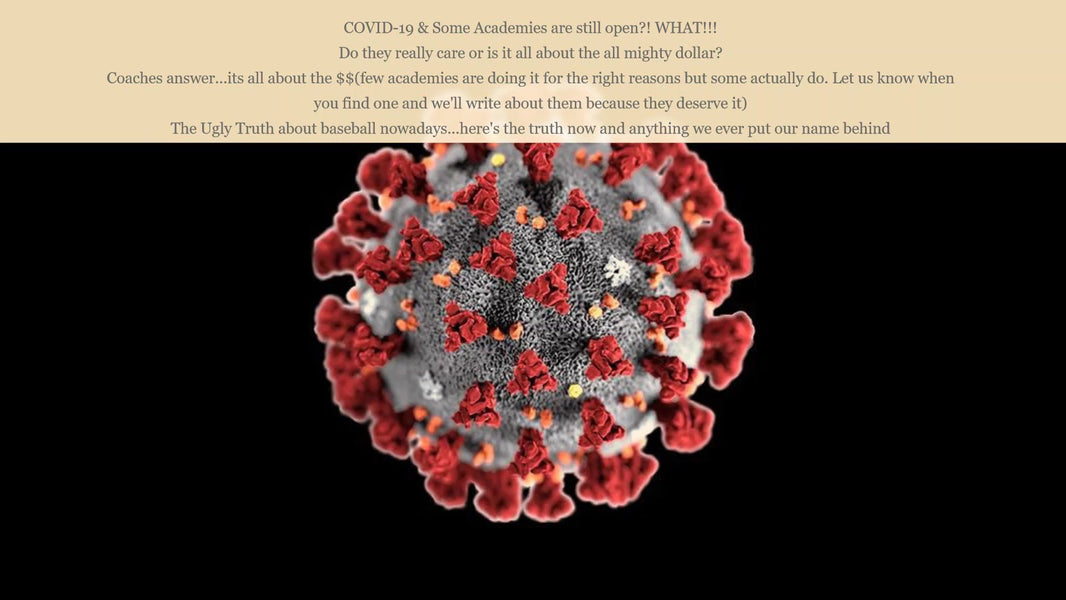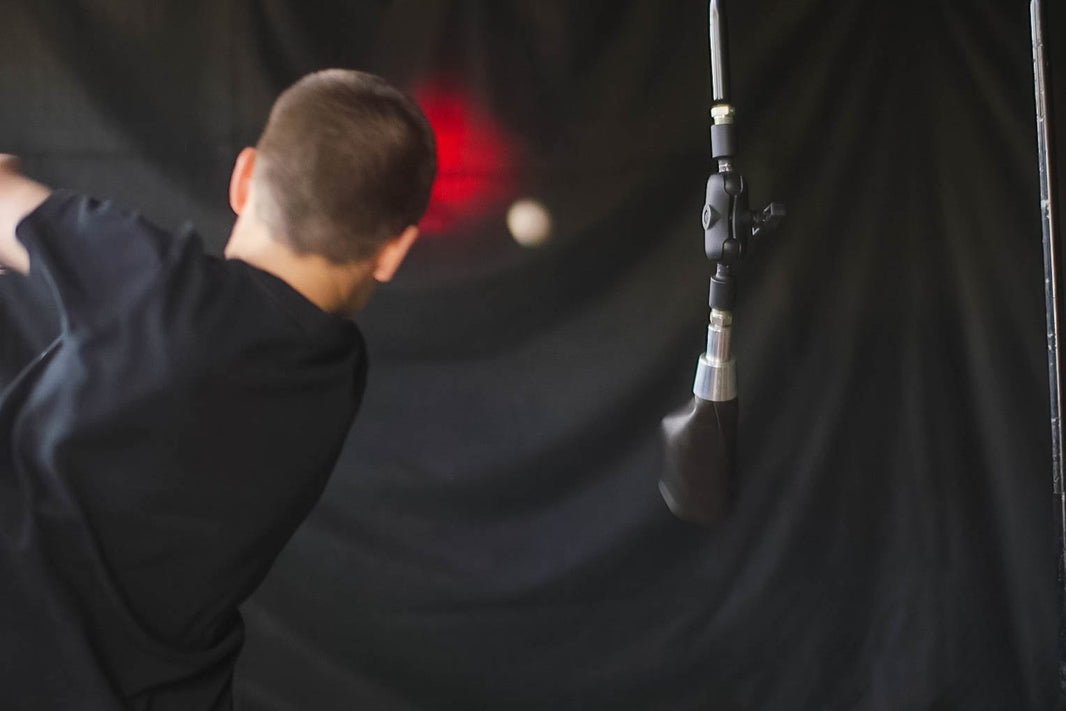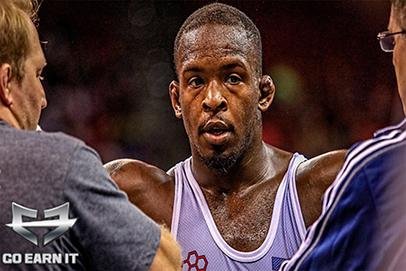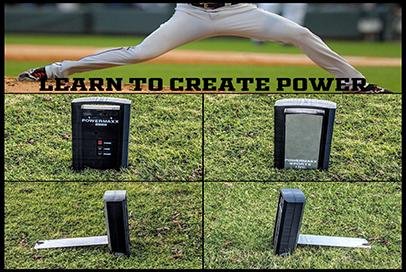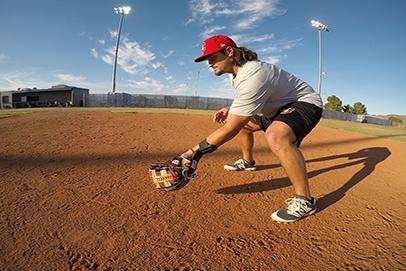How do we give our child or the players on our team an edge in developing their skills? What is the latest technique, gadget or drill that can help them improve their performance?
When searching out resources for improving youth baseball and softball skills we find oodles of drills on YouTube, tons of devices that surely will make the difference. However, often it is the most basic tweak that has the most significant impact on improving performance.
SO SMOOTH! THE COMMON CHARACTERISTIC OF SUCCESSFUL ATHLETES
What would you guess to be the single constant in all successful athletic actions? I am suggesting that control of the head, while likely not the first thing that comes to mind, is an absolute must.
Watch elite athletes and you will see they limit unnecessary head movement. Their bodies are gyrating and moving all over the place doing unbelievable feats, and all the while their still head remains the calm in the center of the storm.
You may have watched an elite athlete move and commented to yourself, “I don’t know what it is, but I can ‘just tell’ that person is a good athlete”. A common characteristic in elite athletes is they move differently that other people. They have exceptional body control; they are ‘smooth’ in their movements. A calm head (in physical terms) plays a significant factor in body movements being smooth and under control.
In order to be smooth and precise in an athletic movement, and precision is a must when attempting to throw a pitch across a 17” plate or squarely hit a round ball with a round bat, a calm head is a factor that must be part of the equation.
Start with a recognition of ‘wherever the head goes, the body will follow’. A slight movement of the head can throw off the rest of the body’s actions.
When swinging a bat, or swinging in any sport (tennis, hockey, etc.), the youth athlete is often thinking of what the result will be following contact. The eagerness to ‘see the result’ takes them away from a focus on the required action needed to get the desired result, making good contact. They pull their head up a moment before contact, their body ‘follows’ just a bit and the chance for good contact is all but lost.
When throwing the ball, or making a throwing action in other sports (javelin, football, etc.), the tendency of the youth athlete is to ‘pull’ with their shoulders and head in an effort to generate power, rather than ‘drive’ with their legs. (Most youth athletes are unaware that most energy and effort in their throwing action comes from their legs.) A slight downward pull of the head throws off trajectory, a slight tug to the side takes the body off-line with the intended target.
Simple fact: when the head moves, the body follows. When the head stays in place, when an athlete has control of their head, keeping their face directed towards the intended target, their body actions and energy stay on the path needed to produce the desired result.
Keeping the ‘Head In Place’ and ‘Facing the Ball at Contact’ increases the chances of the body movements taking the bat to the ball. Keeping the Head Straight and Still, before, during and after a pitch or throw, significantly increases the chances of the ball hitting its target
A common flaw in the throwing or pitching motion is pulling the head to the side opposite the throwing arm. This creates a loss of the forward energy produced by the body, which helps move the arm forward; the arm ‘drags’. The immediate result is reduced power and accuracy.
This arm drag also puts excessive and unnecessary stress on the rotator cuff in the shoulder. As the throwing motion continues, out of synch, stresses can transfer to the elbow as the arm accelerates to and through the release of the throw. This undue stress placed on the shoulder and/or elbow leads to a loss of stamina and strength, while the likelihood of soreness and possibly injury, increases
There is a lot of good instruction information out there, good drills and even some devices that can play a productive role in helping a youth athlete succeed. However, much of these helpful resources are limited in their capacity if our kids have fundamental flaws in their movements. Too much head movement is one of the most common flaws in young athletes.
Correcting this issue starts with awareness. We want to explain to our kids that successful athletes are masters of head control. Then, when we see their head moving excessively, we let them know so they can increase their focus on keeping their head still and focused on their target or the ball. This is true in actions beyond hitting and throwing. Running is another area where excessive head movement impedes an athlete from maximizing their abilities.
The other important factor in developing physical skills is feel. When a player correctly executes an action, we want to give feedback by saying, “Feel That”. Over time, an athlete comes to recognize the difference in the feel of a proper movement versus that of an incorrect movement. When the head is kept still throughout a throw or swing, or while running, it is quite a different feel from when the head is moving.
POSITIVE REINFORCEMENT
There are pure technical benefits of positive reinforcement. A player learns to associate feel with the execution of a proper action. Acknowledging a player’s successes is an important component in the teaching process. When a player is recognized for executing a new skill correctly, they are motivated to make the effort to repeat that action. Additionally, they are human. Humans enjoy a little praise every now and then …especially a kid.
Coaching kids is challenging; that is undeniable. They are in the early stages of getting to know how their bodies work and learning techniques to make their bodies work more effectively. Being young and full of energy, they can be easily distracted and may not recognize the importance of repeating good actions when practicing. While we cannot police every movement they make, we can prioritize a few key points that we Do Not let ‘slide’.
My suggestions of actions that are absolute; those we cannot let slide:
-
Footwork in throwing, catching, and fielding
-
Maximizing the use of the Legs while batting and pitching
-
Head control in all actions
These points are critical for success in baseball and softball. Kids will repeatedly fall short in executing these absolutes. It takes a lot of focus and energy on our part to stay on top of these absolutes. It is so easy to just let ‘the little things go’. But if we are truly coaching, we will stay after our kids on these important points. And in doing so, we’ll find that we verbally reference each of these points dozens of times each practice and hundreds time each season.
I’m not one who is big into ‘sayings’, however, one has always stuck with me. I feel this defines the difference between successful coaches and those that struggle. When it comes to reinforcing the core fundamentals of an action or activity:
‘If you aren’t coaching, you are allowing’
As coaches and observers of sports, it is not uncommon for the question to come up, “Why are some teams/coaches consistently succeeding, while others are so up and down?” I believe, if we observed their practices, we would see the successful coaches ‘coaching’, and the struggling coaches ’allowing’.
A major misconception of coaching is that those with superior knowledge of the ‘X’s and O’s’ and the brilliant tacticians are the best coaches.
Look around town, watch college and pro games, listen to the analysts on TV. After a while it will become clear that more than knowledge and skill, it is the coaches that demand discipline in their players in drill work (executing correctly every time …or at least giving it their best effort) that achieve the greatest success on game day.
Discipline does not mean yelling and screaming. It is a process of clearly defining, prior to an activity, the one or two key points that are absolute musts on the part of the players. The discipline burden then, mostly falls on the shoulder of the coaches. When it comes to those key points, we make sure they are done correctly every time …and as much as possible let the kids know we saw when they did them right.
Finally, in our roles as mentors to children we are helping to improve physical skills, we must not forget that developing body control and mastering physical movements doesn’t happen instantly. It is a process that requires days, weeks and sometimes months.
Keep in mind that many of the actions in baseball and softball require tremendous overall body strength to perform in a technically sound manner. Most little kids (including many 12-year-olds) simply do not yet have great body strength. Let’s remain patient and provide our athletes with plenty of encouragement while they are developing the skills used in playing this great game!






